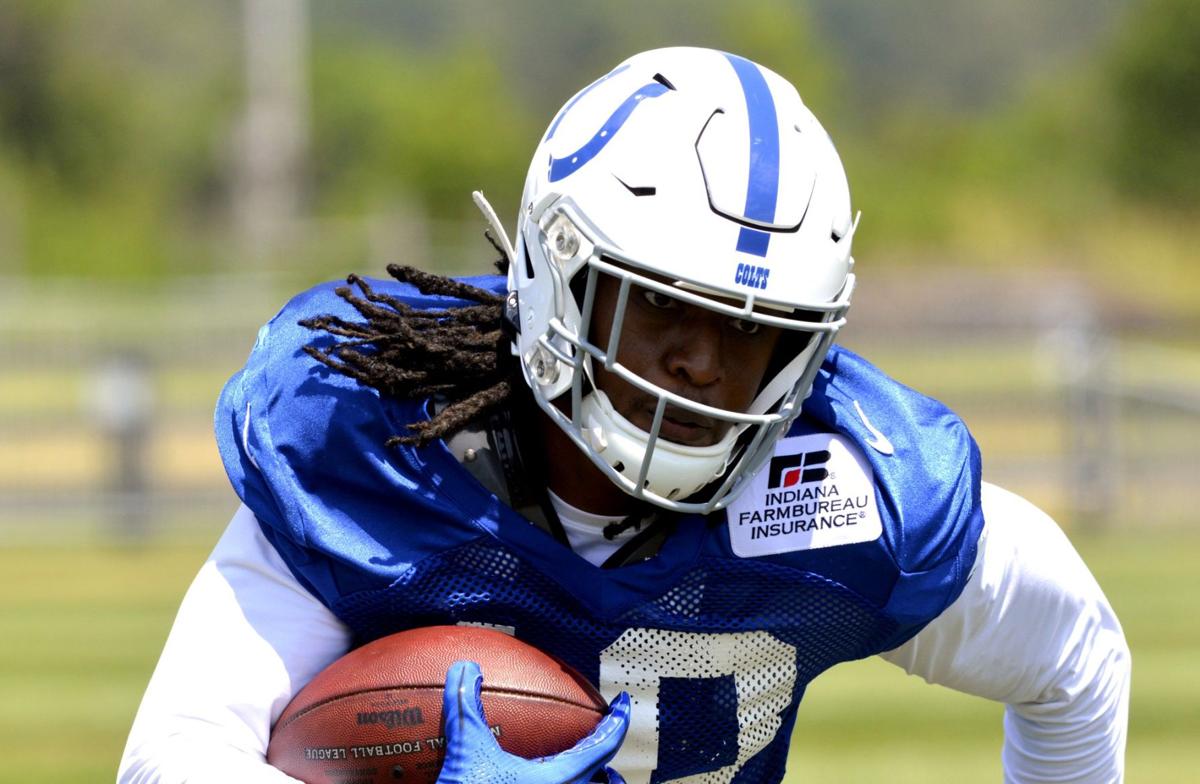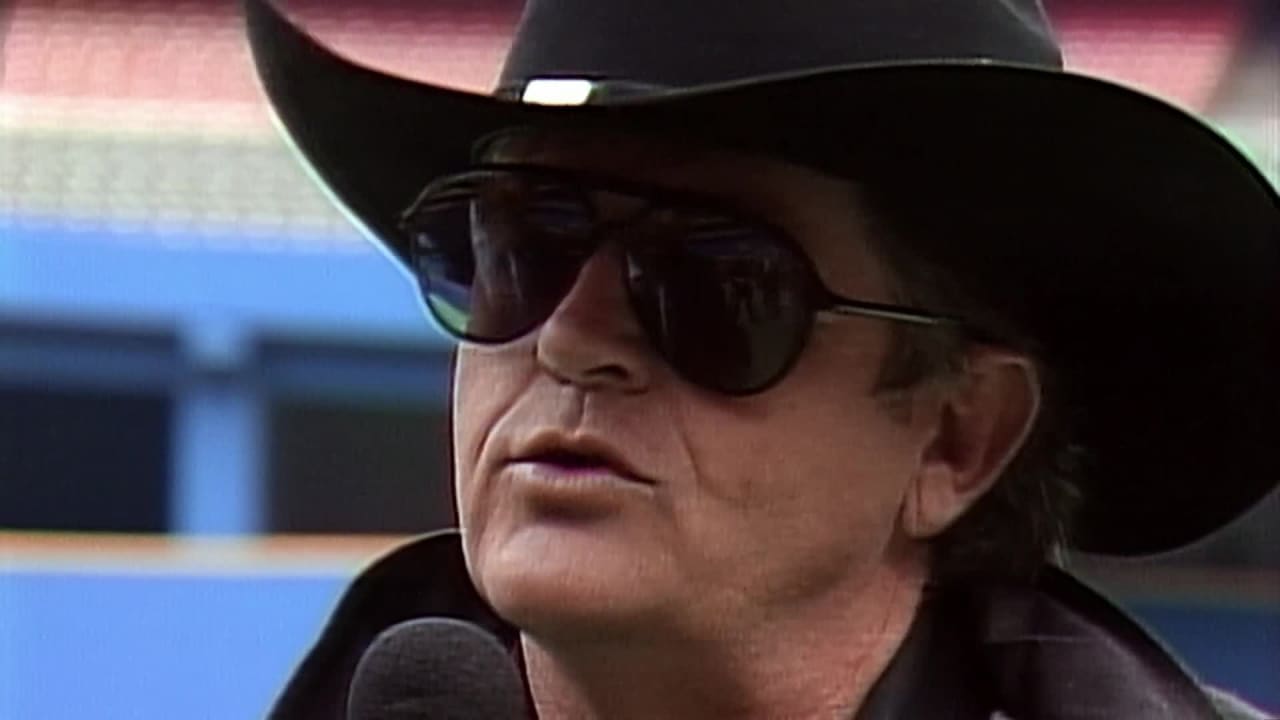Slot Receiver Highlights Nfl
A slot receiver a position on the field. It's a WR who's not actually 'wide' (though technically he can still be near the sideline), but somewhere between another receiver and the QB. They're commonly smaller, more nimble receivers, but slot receivers are not limited to that archetype. Think guys like Wes Welker and Doug Baldwin. Thielen's 69 slot receptions (most in the NFL in 2018) netted 31 first downs and seven touchdowns (second-most from the slot in the league). His on-ball impact ranked second-highest among slot.
A few years back, when I asked Doug Baldwin — one of the pre-eminent slot receivers of the last decade — about the importance of the position, he summed it up pretty well.
“The slot receiver’s kind of the quarterback of the receivers,” he said in 2015. “More so because the slot receiver has more responsibilities in terms of reading coverages and different adjustments based on what coverages you’re seeing. It’s a lot more complicated. … You have to know a lot more. You have to stay within the confines and the framework of the offense — you have a lot of freedom because you have a little bit more space, but at the same time, your job is usually to get someone else open, or to get open on a crucial down where it’s one-on-one. You have to be versatile, and you have to understand how your route goes into the concept, based on the different coverages you can see.”
Slot Receiver Highlights Nfl Highlights
10. Adam Humphries 9. Golden Tate 8. Dante Pettis 7. Cooper Kupp 6. Jarvis Landry 5. Julian Edelman 4. Adam Thielen 3. JuJu Smith-Schuster 2. Antonio Brown 1. Tyreek Hill
It was an apt description in 2015, and though Baldwin has retired, the role of the slot receiver is quite similar to what it was then — and in 2019, one could argue that it’s even more important now. Three- and four-receiver sets are now the norm in the NFL, which means that teams will have double slot packages in which big and small receivers work together. And there’s no shame to the position — it’s not just for the Wes Welkers of the world anymore. Guys who can win outside just fine find themselves in the slot quite frequently, and you’ll find a few names that will rank highly on our upcoming list of outside receivers on this list as well.
Other Top 11 lists: Tight ends Centers Guards Offensive tackles Edge defenders Interior defensive linemen Linebackers Safeties Outside cornerbacks Slot defenders
So, here are the 11 best slot receivers in the NFL as we head into the 2019 season.
When watching Jacksonville’s 2018 passing offense, two things are abundantly clear — Jaguars receivers had one heck of a time with consistent production with Blake Bortles and Cody Kessler throwing the ball all over the place, and the acquisition of Nick Foles was a necessity to give those receivers any chance of improvement. Among those receivers, Westbrook may have the most potential, as he brought in 59 slot receptions on 83 targets for 646 yards and five touchdowns. Not bad for a second-year receiver who’s never had a lot of help from his quarterbacks at the NFL level.
Westbrook uses nimble feet and an impressive catch radius to make contested catches, and he has a good knack for getting open in zones. His drop rate was a problem at times, but with a credible quarterback at the helm, Westbrook could be a rising star in a big hurry.
Slot Receiver Highlights Nfl Draft
Slotback, sometimes referred to as an A-back or 'slot receiver', is a position in gridiron football. The 'slot' is the area between the last offensive lineman on either side of the center and the wide receiver on that side. A player who lines up between those two players and behind the line of scrimmage fills that 'slot'. The slotback position is a fixture of Canadian football and indoor football, but is also used in American football. The slotback requires a versatile player, who must combine the receiving skills of a wide receiver, the ball-carrying skills of a running back, and the blocking skills of a tight end.[1]
A similarly named position is the slot receiver, who is the third wide receiver in a 3-receiver set, the one who lines up between the outermost receiver and the end of the offensive line.
Slotbacks are often as many as five yards behind the line of scrimmage when the ball is snapped and, in the Canadian and indoor game, may also make a running start toward the line of scrimmage prior to the snap. In most forms of American football, this would be an illegal motion, although a few professional leagues such as the World Football League and XFL allowed forward motion.
Role[edit]
Slotbacks are primarily used as hybrid running backs/receivers, but are often used to provide pass protection on blitzes and blocking as required on running plays. They are preferred over the wide receiver or tight end for receiving short passes or hand-offs due to their positioning being closer to the quarterback. When formations containing slotbacks are used in American football the team often has to go without a tight end, a fullback or a running back due to there being only 11 men on the offense and 7 being on the line of scrimmage, one reason they are rarer in the American game. However, as NFL teams have increasingly 'defaulted to three- and four-receiver sets' in recent years, the slot receiver has become a fixture of American football formations [1]. In terms of a depth chart, a slotback is typically considered the third wide receiver and may be expected to be a 'possession receiver' that can reliably catch a pass when covered by a safety, since they are most commonly used when converting medium-distance third-down conversions.
Slotbacks are used effectively in flexbone formations, in which they are used as extra receivers.Slotbacks are usually smaller and faster than the other positions used. they are also used for short passes and short runs to get extra yards or a first down or a third down drive.
It is important to note that players are not drafted to become slotbacks in the NFL. This position is filled as needed by a wide receiver or running back with the necessary skill-set to effectively play the position. Slotbacks must be able to block, catch, and evade tacklers at a high level to be productive. In 2019, the Navy Midshipmen football team had a highly productive season where their slotbacks gained over 1,500 all-purpose yards.[2]
Examples[edit]
As the NFL has shifted to a pass heavy league over the last few years there has been an explosion of slot backs. Some prime examples are the recently retired Darren Sproles, and the still active players Christian McCaffrey, and Larry Fitzgerald.
Fitzgerald extended his football career by moving from an outside receiving position to going into the slot where he is able to use his veteran savvy and quick change of direction in tandem with his willingness to block to still be considered among the best in the league at what he does.[3]
McCaffrey entered the NFL in 2017 and has never failed to put up over 1,000 yards from scrimmage (as of 2020) in fact, in 2019 he totaled a thousand yards running and a thousand yards receiving, with a lot of those receiving yards coming from the slot back position[4] McCaffrey is a peculiar example, because most slot backs are not expected to get the most touches in an offense, but he was the Carolina Panthers' leading rusher over the last two seasons while also putting up great stats as a receiver as well.
Darren Sproles was never a prolific running back, but he was a great slotback. His 2011 season is the epitome of what a slotback should be. He ran the ball 87 times and he added 86 receptions for over 1,300 Yards from scrimmage and 9 touchdowns[5]

Slotbacks have been very important in the CFL, as marked by the TSN Top 50 CFL Players 4 of the top players in league history were specifically Slotbacks. These players are Allen Pitts, Milt Stegall, Ray Elgaard, and Terry Vaughn. These players were reliable producers every season with a knack for rushing, receiving, and blocking to lead their respective teams to many wins over the years.
On depth charts, slotbacks are labeled as wide receivers.[6]
See also[edit]

- H-back, a similar position
References[edit]

- ^Association, American Football Coaches (2000). Offensive football strategies. Human Kinetics. ISBN9780736001397.
- ^Wagner, Bill. 'Navy slotback corps has been quite productive'. capitalgazette.com. Retrieved 2020-04-19.
- ^'Larry Fitzgerald And The Increased Importance Of The Slot Receiver'. www.azcardinals.com. Retrieved 2020-04-19.
- ^'Christian McCaffrey Stats'. Pro-Football-Reference.com. Retrieved 2020-04-19.
- ^'Darren Sproles Stats'. Pro-Football-Reference.com. Retrieved 2020-04-19.
- ^Alder, James. 'What's the Slot in Football? Here's an Easy Explanation'. LiveAbout.
| Positions in American football and Canadian football | |||||||
|---|---|---|---|---|---|---|---|
| Offense (Skill position) | Defense | Special teams | |||||
| Linemen | Guard, Tackle, Center | Linemen | Tackle, End, Edge rusher | Kicking players | Placekicker, Punter, Kickoff specialist | ||
| Quarterback (Dual-threat, Game manager, System) | Linebacker | Snapping | Long snapper, Holder | ||||
| Backs | Halfback/Tailback (Triple-threat, Change of pace), Fullback, H-back, Wingback | Backs | Cornerback, Safety, Halfback, Nickelback, Dimeback | Returning | Punt returner, Kick returner, Jammer, Upman | ||
| Receivers | Wide receiver (Eligible), Tight end, Slotback, End | Tackling | Gunner, Upback, Utility | ||||
| Formations(List) — Nomenclature — Strategy | |||||||